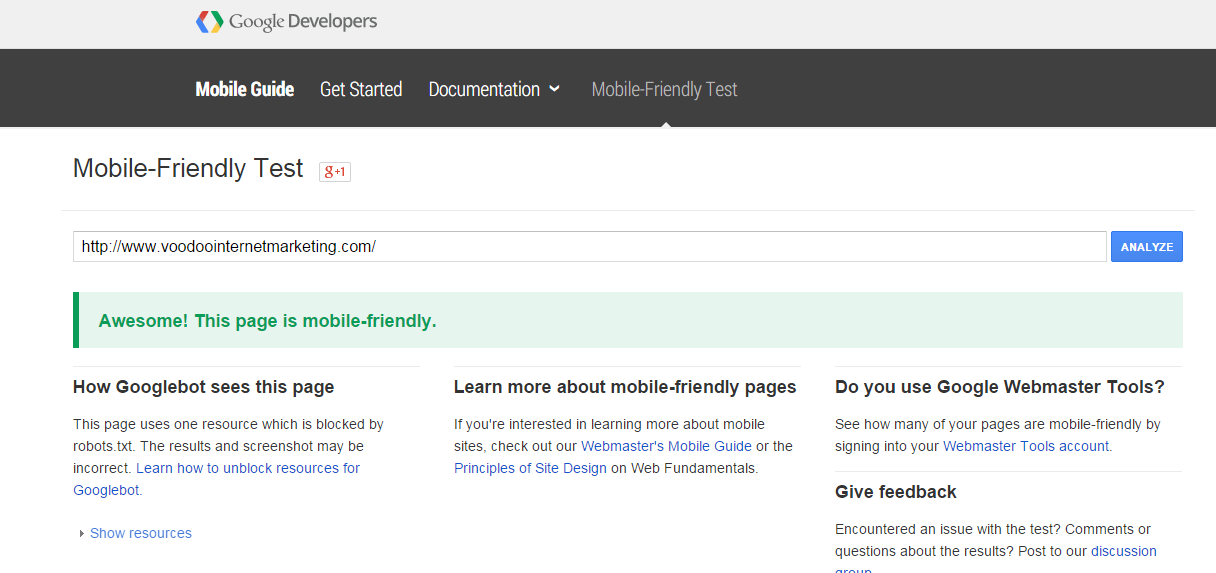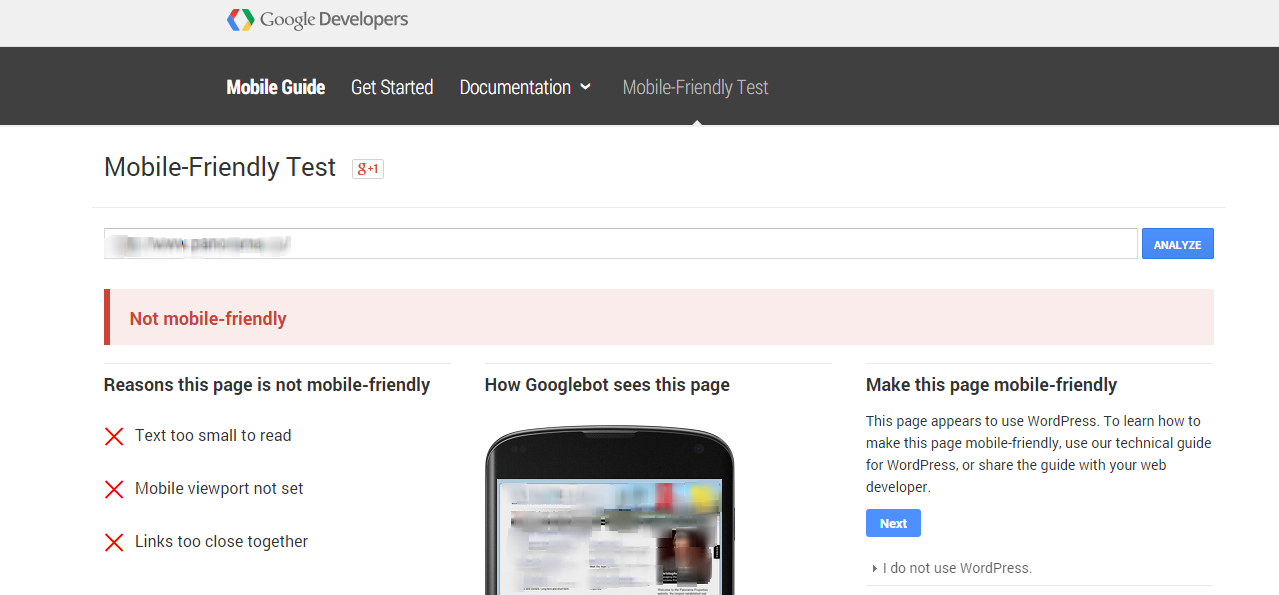April 21: Mobile-friendliness a ‘significant’ ranking factor on Google mobile searches
 Have you read up about Google’s new algorithm update yet? Responsive web design is now more important than ever. Starting on 21 April 2015, Google will be using mobile friendly factors in the ranking algorithm for mobile search results.
Have you read up about Google’s new algorithm update yet? Responsive web design is now more important than ever. Starting on 21 April 2015, Google will be using mobile friendly factors in the ranking algorithm for mobile search results.
“Starting April 21, we will be expanding our use of mobile-friendliness as a ranking signal. This change will affect mobile searches in all languages worldwide and will have a significant impact in our search results.
Consequently, users will find it easier to get relevant, high quality search results that are optimized for their devices.”
What does this mean for you? That SEO just got a tad more complicated. Just because your website is a page 1 champ on desktops it doesn’t mean it will be when someone searches on a mobile.
Want to check?
If you want to know what Google thinks about your website’s mobile usability you can try their Mobile-Friendly Test. Just enter your website address into the box and click on ‘analyze’.
If all is well you’ll see this:

If however you see this…

…then you’ve got some work to do if you don’t want to lose your hard-earned Google ranking.
Additionally on Google Webmaster tools there is a section called ‘Mobile Usability’ where it will outline any issues, such as content not sized for viewport, touch elements too close or font sizes being too small.
Another tool worth looking at is Google’s Page Speed Insights, a snazzy tool which highlights factors that hinder a page’s speed or hurt a page’s usability. Although the recommendations are not ones you’re likely to be able to deal with yourself, your site is given a score out of 100% for ‘Mobile Speed’ and ‘User Experience’ (and for desktops too).
If your site is not mobile friendly, you have some options:
1. Make you site more mobile friendly
Not always possible or cost effective for old websites, but newer ones which are already responsive may only need a few tweaks to get off the naughty step with Google.
2. Build a mobile version of the site
Google now recommends you go for responsive web design (RWD) instead of mobile versions of your site. Could be a short term stop gap if you can’t afford to make your site responsive, but check with an SEO consultant first for any other implications it may have.
3. Build a fully responsive website
Depending on 1 above, this should be your choice, Google recommends having responsive websites. How to chose a developer to build you a new mobile friendly website? This is what Google recommends you check.
As with all Google ranking changes we have no idea what weight mobile-friendliness will have until it’s let loose, but given the amount of work they have been doing behind the scenes over the past 12 months I’d say it will be significant as they normally seem to make their algorithm changes on a sort of “let’s see what happens” type of approach…
…oh, and they used the word significant: they say the changes “will have a significant impact in our search results.”
REAL TIME
According to Barry Schwartz writing for SearchEngineLand.com “we asked Gary [of Google] when do webmasters need to get their sites mobile-friendly for it not to be impacted by the April 21st launch. Gary explained that the algorithm runs in real-time, so technically you can do it any day and as soon as Google picks up on the change, it will start to benefit from the new mobile-friendly algorithm change.
“Gary Illyes also confirmed that this algorithm is run on a page-by-page basis. So if you have 10 web pages on your web site and 5 of them are mobile-friendly and 5 are not, then only the pages that are mobile-friendly will benefit. ”
IMPACT
Although we all know that ignoring mobile search traffic is not a long term option, but does this mean that we all fork out thousands now just in case, or is it worth waiting and seeing what impact it has on your traffic. At SMX West this month, Mitul Gandhi of seoClarity reported that mobile search currently makes up about 30% of total traffic, regardless of industry. In terms of impact to you there are two matters at play, what you are risking if you ignore it and what you stand to gain by taking action now. Once thing is for certain, come April 22 we’ll all be keeping a close eye on our web traffic for any significant changes…
Watch this space.
UPDATE ON POSSIBLE IMPACT:
17 March 2015
Barry Schwartz writing for seoroundtable.com quotes Google’s Zineb Ait Bahajji, a Webmaster Trends Analyst, revealing that this algorithm will have a bigger effect than that of Panda or Penguin.
Barry writes that although this mobile-friendly algorithm only impacts mobile search, this “can be around 50% of all queries on Google these days. If your site is not mobile-friendly, it will suffer greatly in the mobile search results. So make sure to get ready now for this April 21st launch.”
Share this:


Pingback:A21 Update: Mobile-friendliness April 21 Google Ranking D-Day |